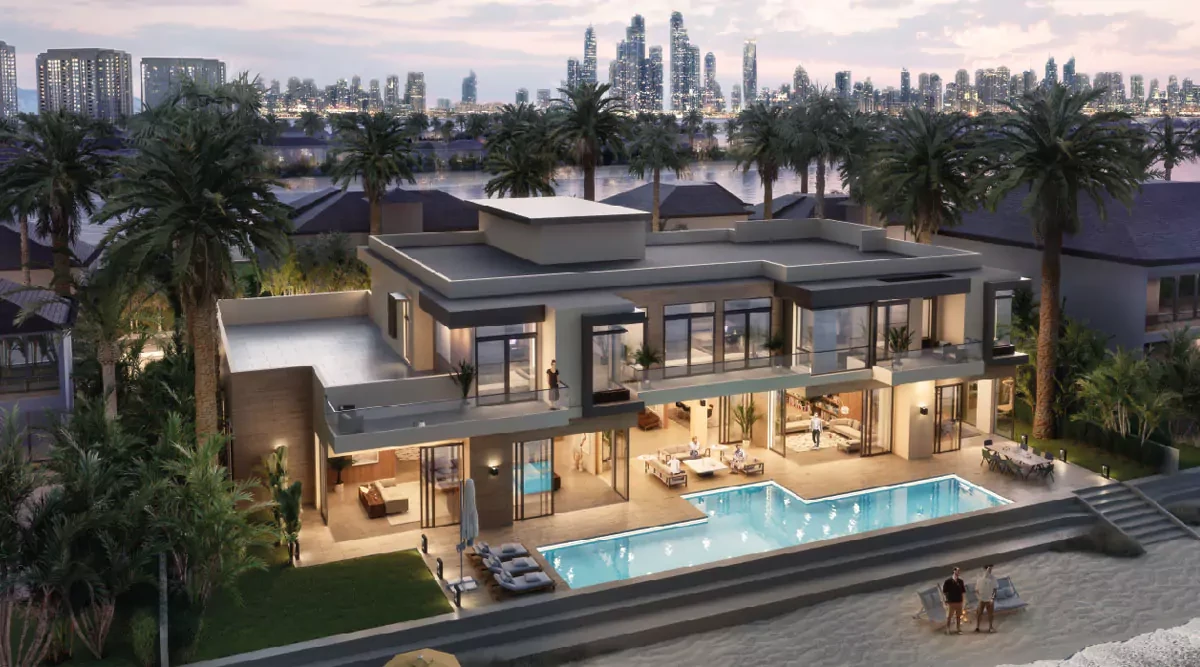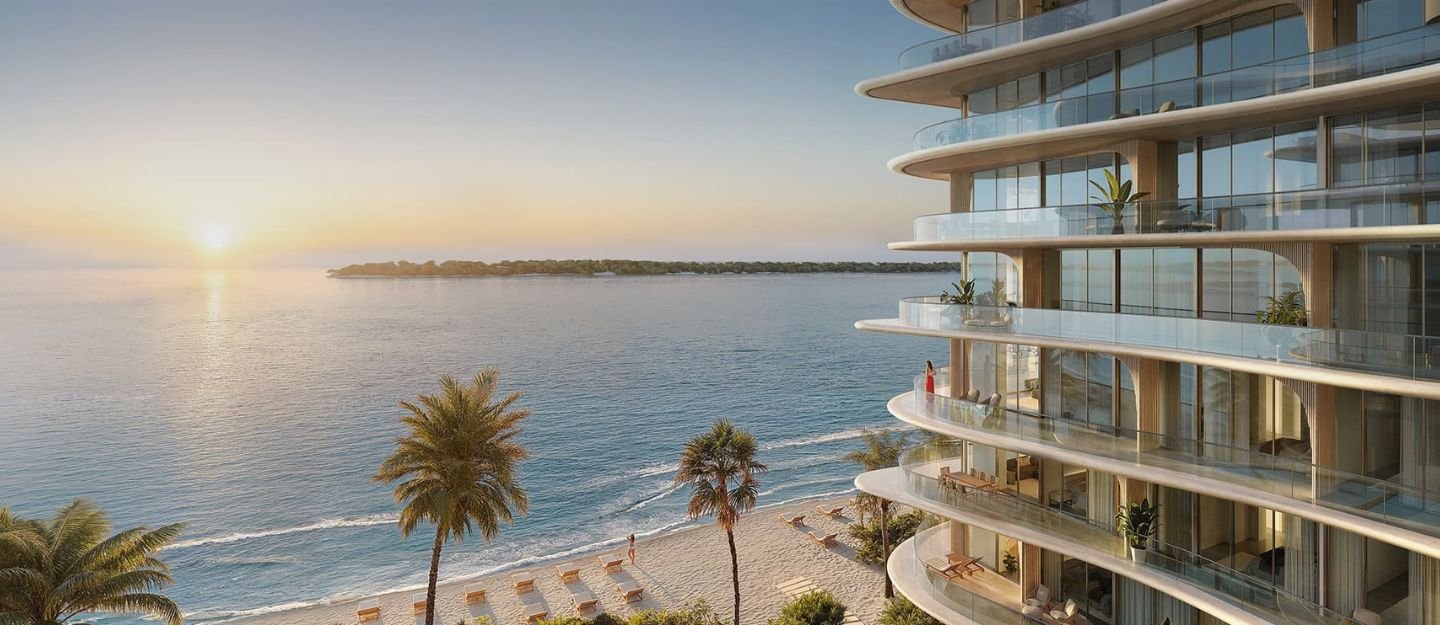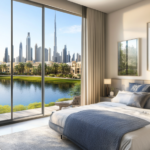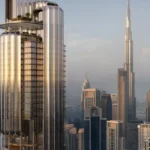Now Reading: Dubai Property Market News: Why Villas Dominate in 2025 Demand
-
01
Dubai Property Market News: Why Villas Dominate in 2025 Demand
Dubai Property Market News: Why Villas Dominate in 2025 Demand
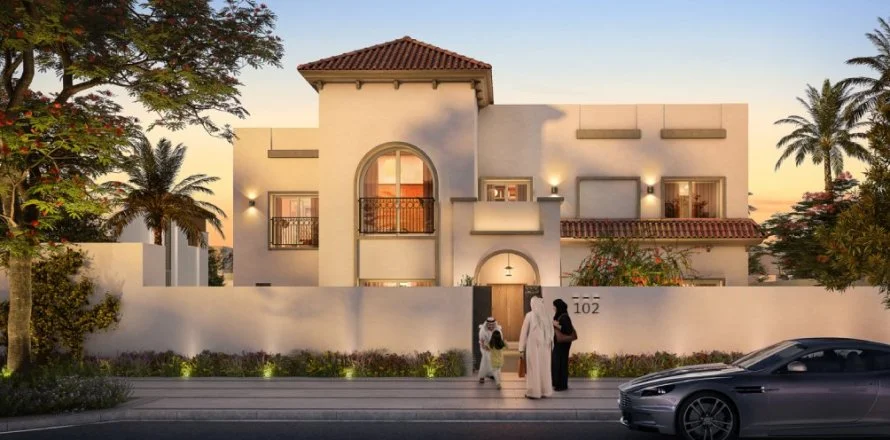
Table of Contents
Imagine stepping onto the terrace of your sprawling villa, the Dubai skyline shimmering in the distance, your private garden blooming, and a vibrant community hosting barbecues and family events just steps away. This is the allure of Dubai’s villa market in 2025, where these homes are dominating demand with their blend of luxury, space, and lifestyle appeal. These aren’t just propertiesthey’re personal sanctuaries that offer freedom, comfort, and connection, drawing families, professionals, and investors to a city that feels both ambitious and warmly inviting.
Dubai is a global hub that thrives on bold vision, balancing futuristic innovation with a multicultural heart. In 2025, villa communities like Dubai Hills Estate, Mohammed Bin Rashid City (MBR City), Jumeirah Village Circle (JVC), and Palm Jumeirah are leading the real estate surge, offering homes that cater to modern aspirations. With spacious layouts, smart technology, and community-focused amenities, these villas are why Dubai’s property market is buzzing with excitement. Let’s explore why villas are the stars of 2025’s real estate demand.
The Allure of Dubai’s Villas
What makes Dubai’s villas so irresistible? It’s their ability to offer expansive living spaces paired with a lifestyle that feels both luxurious and connected. Picture yourself in a Dubai Hills Estate villa, hosting a barbecue on a terrace overlooking a golf course, or in an MBR City mansion with a private pool and lagoon views. JVC’s affordable villas are surrounded by 33 parks, perfect for family picnics, while Palm Jumeirah’s beachfront homes offer exclusive waterfront living. These communities, crafted by developers like Emaar, Nakheel, and Sobha Realty, are built to make every day feel extraordinary.
Each community has a unique vibe. Dubai Hills Estate combines upscale living with green spaces, featuring the Dubai Hills Mall and an 18-hole golf course. MBR City dazzles with its 7-km Crystal Lagoons and resort-style amenities, ideal for luxury seekers. JVC’s village-like charm includes parks and cycling trails, while Palm Jumeirah offers iconic beachfront living with private beach access. Residents enjoy amenities like private pools, smart home systems, and 24-hour concierge services, alongside proximity to top schools like GEMS Wellington and business hubs like DIFC, just 15-30 minutes away.
The villas are designed for modern families. Dubai Hills’ Golf Place offers 4- to 6-bedroom villas with private wellness rooms and smart automation. MBR City’s District One features mansions with spa-inspired bathrooms and lush gardens. JVC’s Circle Villas provide 3- to 5-bedroom layouts with family-friendly terraces, and Palm Jumeirah’s Signature Villas boast 5- to 7-bedroom beachfront homes with infinity pools. These homes combine spacious designs with smart technology like AI-driven climate control and security systems alongside lifestyle amenities like private gardens and community fitness hubs, creating spaces that feel both grand and welcoming.
Why Villas Dominate 2025 Demand
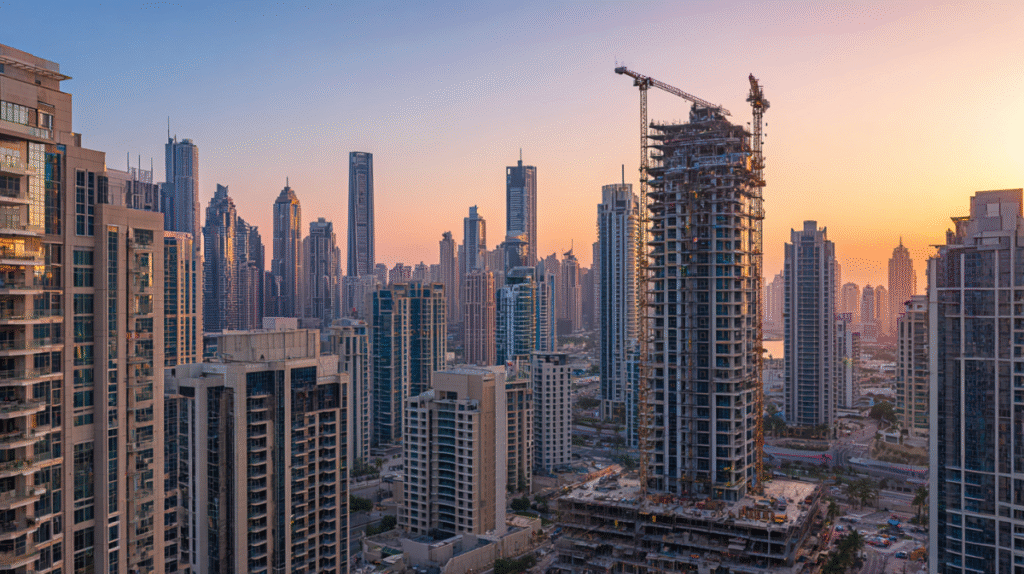
The numbers behind Dubai’s villa market are electrifying. In 2025, villa values are rising 10-15% year-on-year, outpacing Dubai’s 11.3% market average. MBR City villas average AED 10-25 million, with 15% growth over five years, while JVC villas range from AED 2-4 million, up 12% annually. Dubai Hills villas fetch AED 10-20 million, and Palm Jumeirah villas start at AED 15 million, with 13% growth. Rental yields are strong at 5-7%, driven by demand from families, high-net-worth individuals, and expatriates. Short-term rentals, fueled by Dubai’s 17.2 million visitors in 2024 and a projected 25 million by 2030, achieve 70-85% occupancy, with nightly rates of AED 1,000-5,000.
Villas dominate due to their space, exclusivity, and lifestyle appeal. Families seek large layouts for multi-generational living, with 4- to 7-bedroom villas offering room for kids, guests, and home offices. Professionals and retirees are drawn to the privacy and prestige of communities like Palm Jumeirah and MBR City. JVC’s affordability makes it a hotspot for young families, with villas 40-60% cheaper than in Downtown Dubai. Off-plan projects, like Sobha Hartland II in MBR City and Park Heights 3 in Dubai Hills, account for 45% of villa sales, with buyers targeting their spacious designs and growth potential. Dubai’s reputation as a safe, vibrant hub attracts buyers from Europe, Asia, and North America.
Dubai’s investor-friendly policies are a major driver. Full freehold ownership allows global buyers to invest without restrictions, and the UAE’s tax-free environment no income, property, or capital gains taxes maximizes returns. Off-plan villas require just 10-20% upfront, lowering the entry barrier. High-value purchases qualify for the UAE’s Golden Visa, offering residency benefits that appeal to families and professionals. Connectivity is seamless, with Sheikh Zayed Road, Al Khail Road, and the Dubai Metro linking these communities to Downtown Dubai and DIFC within 15-30 minutes.
A Lifestyle That Feels Like Home
Living in Dubai’s villa communities is about more than luxury it’s about connection and joy. In JVC, families gather for picnics in 33 parks or community events like farmers’ markets, where kids play and neighbors bond. Dubai Hills residents enjoy golf course strolls, family festivals at the Dubai Hills Mall, and yoga sessions in green spaces. MBR City’s Crystal Lagoons offer water sports and waterfront barbecues, while Palm Jumeirah’s private beaches host sunset gatherings. These neighborhoods are designed to foster bonds, with safe play areas, sports facilities, and community centers that bring people together.
Take Aisha, a mother of three in JVC. “The parks are our backyard,” she says. “The kids play, and we feel so connected.” Omar, a professional in Dubai Hills, loves the balance. “My villa overlooks the golf course, and it’s my sanctuary,” he shares. Noor, a young mother in MBR City, cherishes the lagoon. “We have family picnics by the water, and it feels like a resort,” she says. In Palm Jumeirah, Sarah, a British expat, adores the exclusivity. “Our beachfront villa is a dream, and the community is so welcoming,” she says.
Sustainability is a growing trend. Communities like Dubai Hills and MBR City incorporate solar panels, smart irrigation, and energy-efficient designs, aligning with the Dubai 2040 Urban Master Plan. JVC’s green spaces and Palm Jumeirah’s eco-friendly initiatives reduce car reliance, while projects like Sobha Hartland II feature EV charging stations, appealing to eco-conscious buyers. These efforts make Dubai’s villas not just luxurious but forward-thinking.
Challenges to Navigate
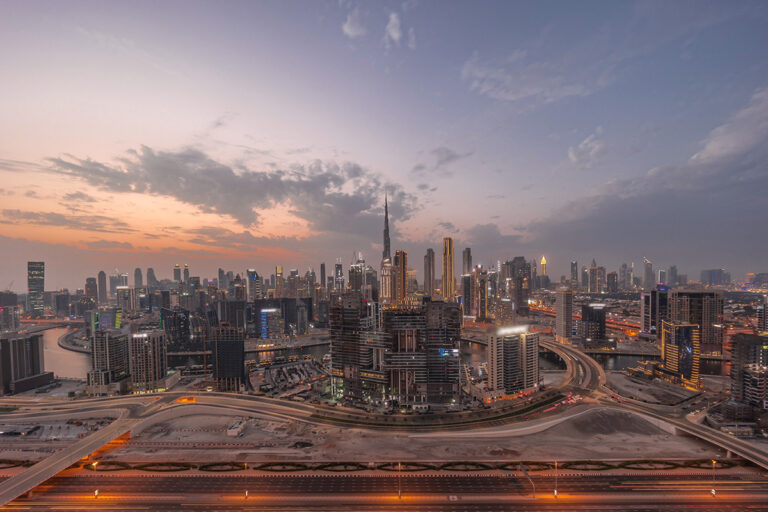
These communities come with hurdles. Maintenance fees average AED 8-12 per square foot in JVC and AED 10-15 in Dubai Hills, MBR City, and Palm Jumeirah, higher than in emerging areas like Dubai South. Ongoing construction in newer phases, like Sobha Hartland II or Park Heights 3, may bring temporary noise or delays. The short-term rental market, while lucrative, faces competition from hotels, which could pressure yields in oversaturated periods.
Yet, these challenges are part of the opportunity. Maintenance fees support world-class amenities, from private pools to 24-hour security, which attract residents and tenants. Early investment in developing phases offers lower prices, with historical trends showing 15-20% appreciation for early buyers in JVC and MBR City. Dubai’s real estate market, with $142.4 billion in sales in 2024, remains robust, and villas are leading the demand surge.
Stories That Bring It to Life
The human stories behind Dubai’s villas make them shine. Khalid, a father in JVC, loves the community vibe. “Our kids play soccer in the park, and we host barbecues,” he says. Maya, a professional in Dubai Hills, cherishes the luxury. “My villa’s terrace is my escape, and the golf course is stunning,” she says. Sarah, an investor in MBR City, sees both profit and joy. “I bought a villa for AED 12 million, and it’s up 12%,” she shares. “But I love the lagoon views.” In Palm Jumeirah, Ahmed enjoys the exclusivity. “Our beachfront home is a paradise,” he says.
These stories reflect the dual appeal of Dubai’s villas: they’re personal sanctuaries and smart investments. Whether it’s a park playdate in JVC, a golf game in Dubai Hills, or a beach sunset in Palm Jumeirah, these communities create moments that linger.
Tips for Aspiring Buyers
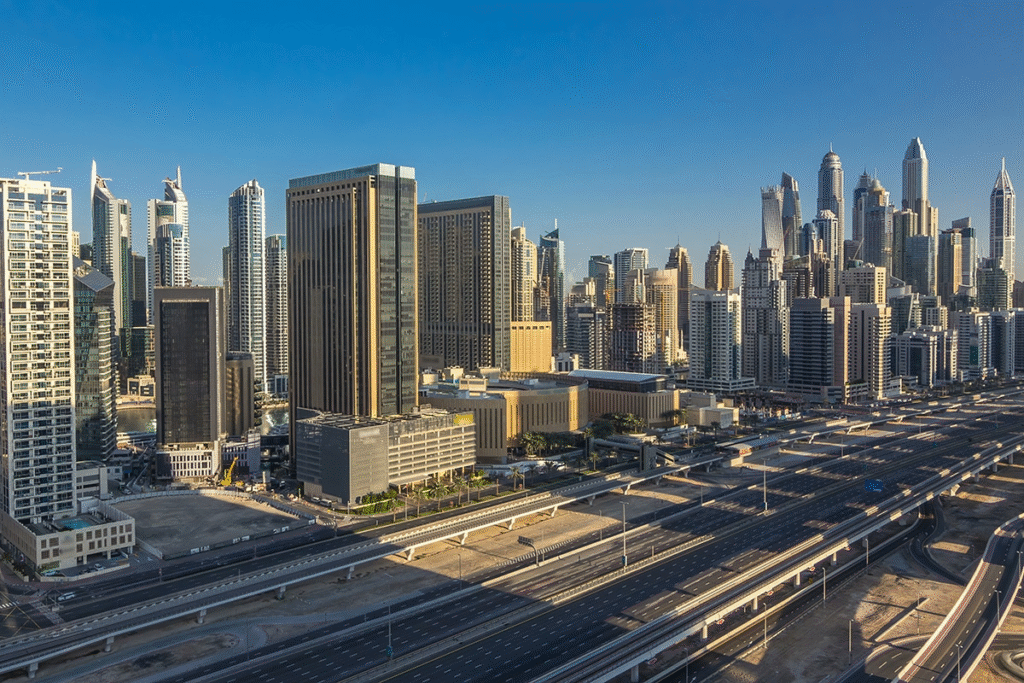
Ready to dive into Dubai’s villa market? Here’s how to make it happen:
- Research Market Trends: Study price growth and rental yields in JVC, Dubai Hills, MBR City, and Palm Jumeirah to find high-potential opportunities.
- Choose Trusted Developers: Work with Emaar, Nakheel, or Sobha Realty for quality and reliability.
- Plan for the Long Term: Aim for a 5-10 year horizon to maximize appreciation, especially in off-plan projects.
- Leverage Expertise: A local real estate agent or lawyer can navigate freehold laws and secure the best deals.
The Future of Dubai’s Villa Market
In 2025, Dubai’s villas are more than real estate they’re a vision of luxurious, connected living. New projects like Sobha Hartland II, Park Heights 3, and Palm Jumeirah expansions are pushing the boundaries of space and innovation. As Dubai aims for 25 million visitors by 2030, these communities will remain vibrant hubs, driving property values and rental demand higher.
For residents, it’s about the joy of connection park picnics, lagoon sunsets, and beach gatherings. For investors, it’s a chance to build wealth in a city that’s rewriting the rules of real estate. Dubai’s villas are where dreams meet reality, offering a spacious, luxurious lifestyle that’s hard to resist. In 2025, villas aren’t just dominating demand they’re shaping the future of Dubai’s charm.
read more: Dubai Real Estate 2025: New Market Trends Reshaping Global Investment



